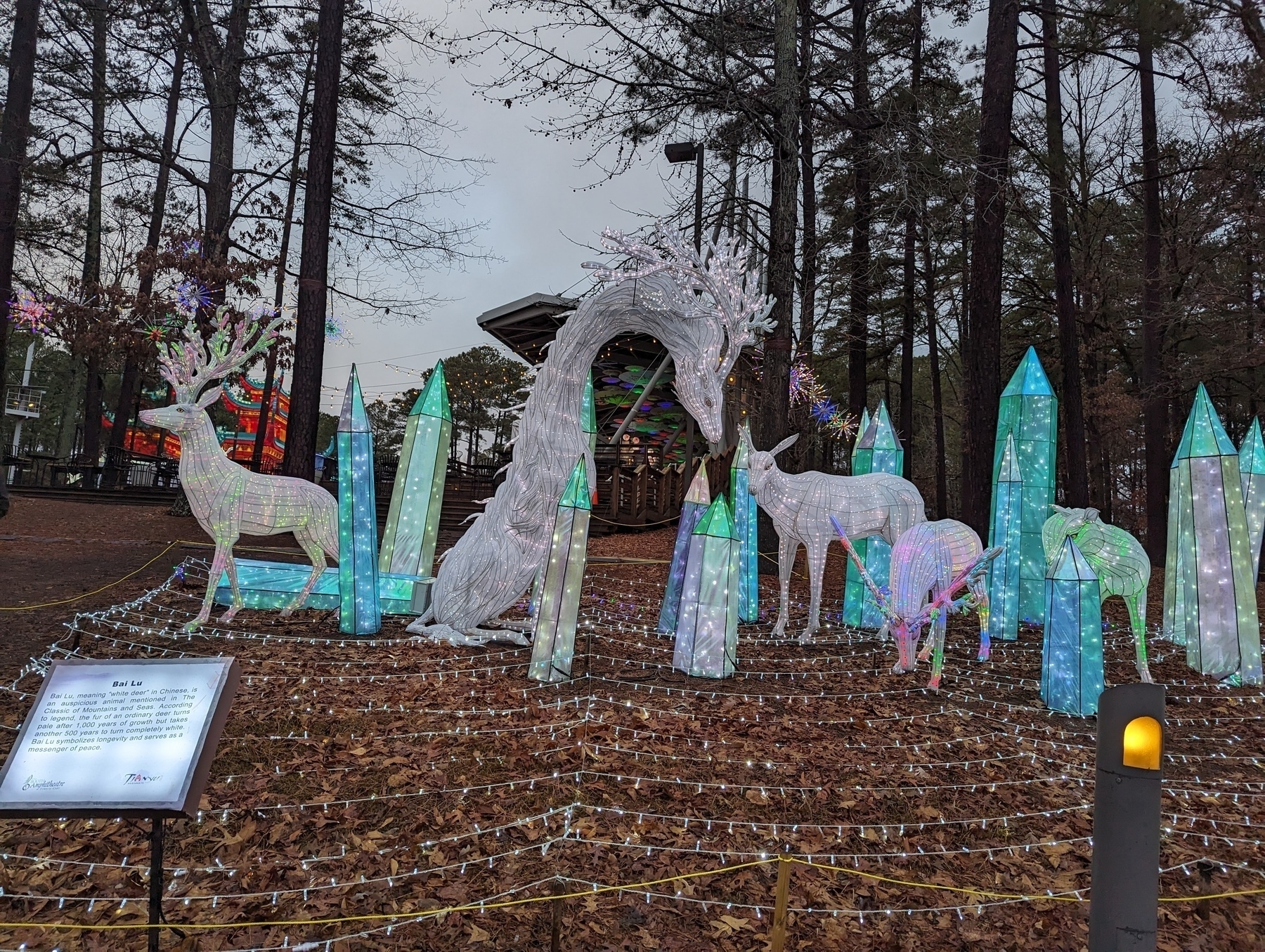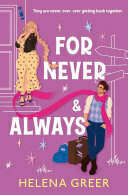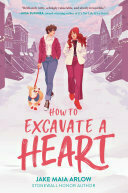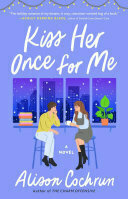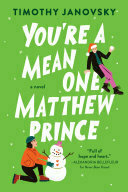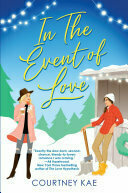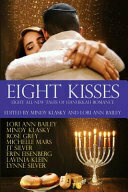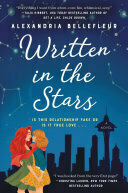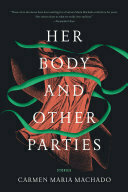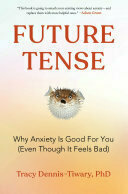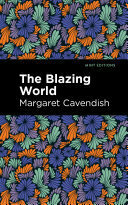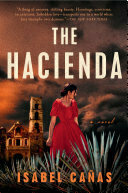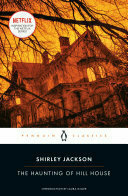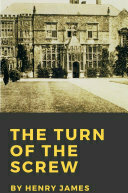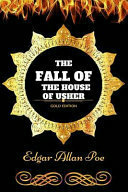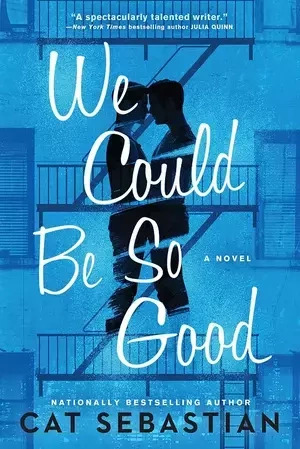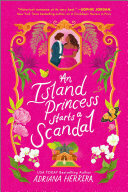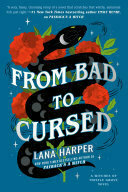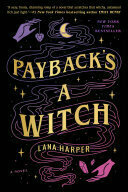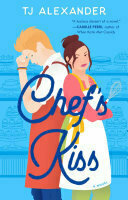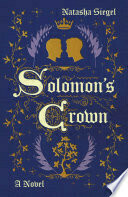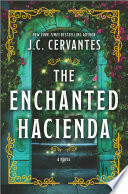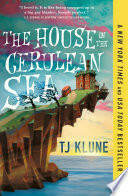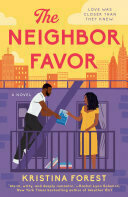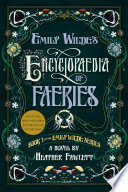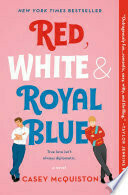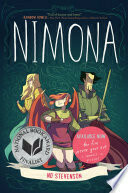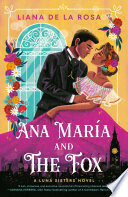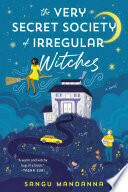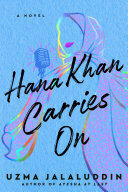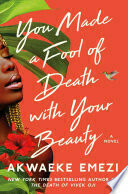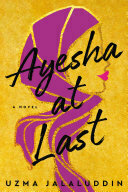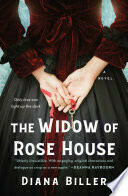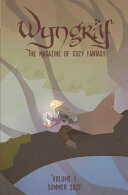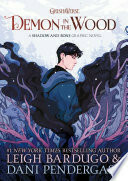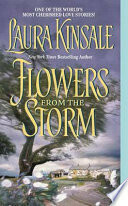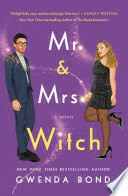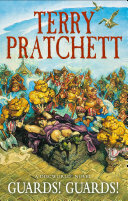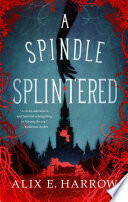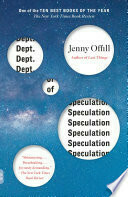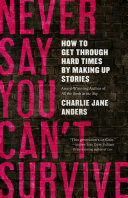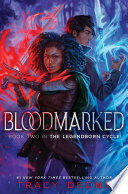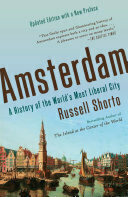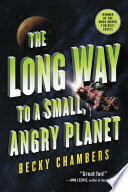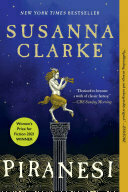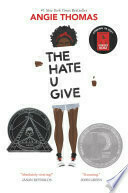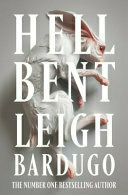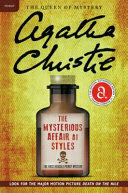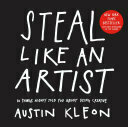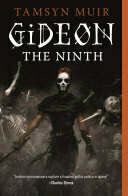
It’s three weeks’ worth of week notes at once!
My son M’s school has a “Day On” on Martin Luther King, Jr. day. They choose a theme for the day and hold a celebration where the whole school community, including parents, is welcome, and then spend the second half of the day on service projects. Our family only did the celebration part of the day this year, but next year I plan for us to help with the part of the day where you sort book donations to Book Harvest. I’m also planning to join the celebration for the choir next year.
The theme for this year was “Love is the only force capable of transforming an enemy into a friend.” The choir sang 3 songs I love: “Lift Ev’ry Voice and Sing,” “Heal the World,” and “Stand By Me.” Middle and high school students read poems they had written. Pauli Murray’s niece and biographer Rosita Stevens-Holsey was the keynote speaker and shared wonderful insight into Rev. Dr. Murray’s life and work. I was so happy to have attended.
At the end of that week, I took a quick overnight trip to Baltimore to present at the American Library Association LibLearnX conference. In the end, my session was less a presentation or workshop and more a conversation, as we only had about 5 people attending. We were able to really customize the conversation to the participants’ interest. My BFF lives near Baltimore, so I got to have dinner with her the night before the presentation and hang out with her after, when we went to the Edgar Allan Poe house and wandered around a cute shopping area.
After I got home from that trip, I was exhausted and then a little bit sick, too. So I rested a lot and had a pretty quiet week.
Then this past week was more quiet time at home and handling administrative stuff like having my car inspected and renewing the registration, rescheduling a dental appointment I canceled due to a migraine, and completing the job application to be the half-time school librarian at M’s school.
It was a good time for consuming culture. I’ve been reading romance novels, The Age of Cage, and How to Be Parisian Wherever You Are. I watched Emily in Paris. I played A Link to the Past, which is phenomenal and deserves its status as a classic, and the Switch remake of Link’s Awakening, which is super fun.
Saturday M developed a nasty case of pinkeye. He’s on his second day home from school and on antibiotics for it and seems to be improving.
That’s it for this post!

